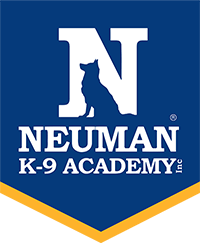Effective communication using verbal dog training commands, hand signals and proper motivation are the foundation for a well trained dog.
Acquiring a full, consistent and expansive education in dog training commands leads to a harmonious existence within the home and beyond for both humans and dogs.
You'll notice in this video that I am using a variety of dog training commands — verbal, hand signals and reward.
During the learning phase, I use positive motivation, shaping, and luring – performing several hundred repetitions of each command and exercise.
After the dog learns the commands, I transition to a reward-based system, phasing out these motivators. This makes the response to obedience reliable.
Once a dog has mastered the commands, I use a specialized method of proofing and generalization by taking field trips and working under distraction.
Importance of Dog Training Commands for Small Dogs
Many dog owners believe that smaller dogs need less training because they are too small to do any real damage should they be poorly behaved.In fact, the opposite is true. A small dog can't drag you around the block on a walk (though it may try) or enthusiastically knock down one of your guests as he or she arrives, but small dogs benefit from the same dog training commands as larger dogs.
The world is physically intimidating and dangerous to a small dog. They often exhibit their fear through aggressive, anxious or out-of-control behavior like barking or chewing. The dog is stressed.
It often thinks it must protect you from this overwhelming environment, make decisions, and be in charge. What we deem as poor behavior, your dog considers necessary to survival, because we haven't taught it otherwise.




